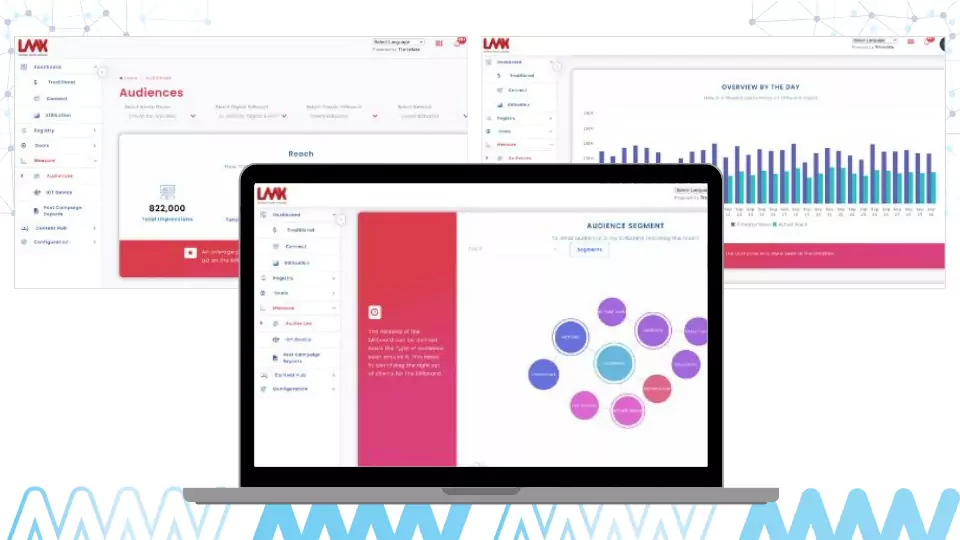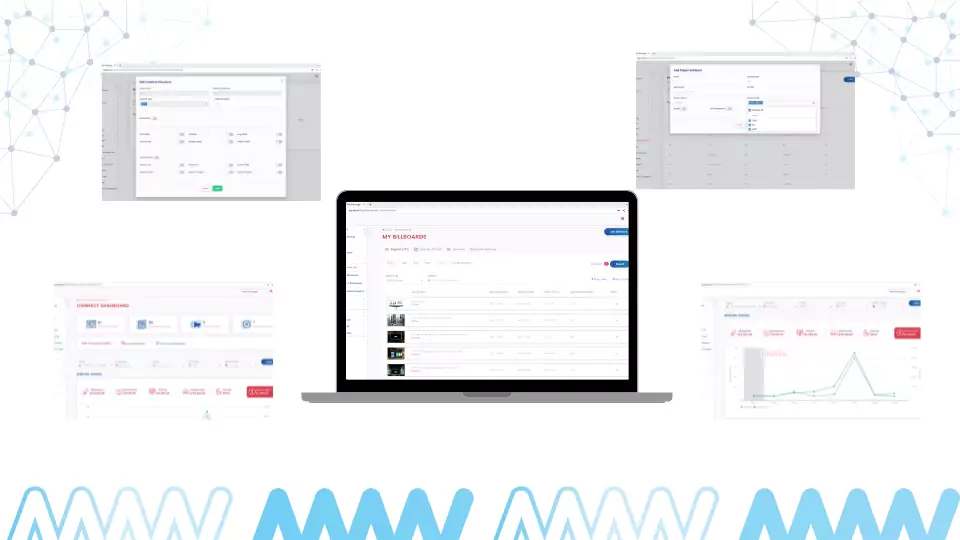If you’re a media owner, you’ve probably felt the pressure building, screens go unsold, advertisers keep asking for proof of impact, and reporting still eats up endless hours of your team’s time. Meanwhile, buyers are comparing you to digital platforms that show results instantly, and wondering why OOH can’t do the same.
The good news? Data-led measurement changes this story. It’s not just about proving ROI, it’s about charging higher rates, selling more inventory, and cutting down on reporting headaches. In this first part of our Emerging Technologies in OOH Measurement series, we’ll dive into two tools that are already helping media owners move the needle:
- Mobile audience insights – showing real-world impact beyond “eyeballs.”
- Programmatic reporting – giving buyers the transparency they expect.
1. Mobile Data & Location Intelligence
Think about how buyers challenge you today: “But how do I know your billboard actually worked?” With mobile movement data, you finally have the answer. Mobile signals reveal where people go before and after seeing your screens, proving that your sites don’t just reach eyeballs, they drive store visits, online searches, even app downloads.
Here’s what this unlocks for you:
- Charge premium rates – buyers pay more when you show hard numbers, not just traffic estimates.
- Win repeat business – once advertisers see proof their campaigns worked, they come back.
- Create new products – bundle screens by real-world movement (commuter packs, shopper packs, etc.).

One operator in Malaysia faced this exact challenge: advertisers questioned why they should keep spending when results felt vague. By using mobile-led measurement, they cut wasted impressions by 27% and reduced cost per acquisition by 22%. With that proof, they didn’t just keep the client, they upsold future campaigns at better rates.
2. Programmatic Measurement Integrations

Image source: https://learning-ssp.lmx.ai/release.html
Here’s the truth: digital buyers expect dashboards. They’re used to running Facebook or Google ads where results show up in real time, so when we hand them a PDF two weeks after a campaign, we look outdated.
By offering live programmatic reporting, you can:
- Attract new buyers – digital-first advertisers feel more confident spending on DOOH.
- Save time – your team spends less time building reports, more time selling.
- Upsell mid-campaign – live data lets you suggest tweaks while the campaign is running, unlocking extra spend.
Take the example of a media owner in the UAE: advertisers were skeptical about DOOH efficiency. By structuring campaigns into dayparts (morning, afternoon, evening) and giving buyers live dashboards, they boosted visibility during peak hours. The result? A 20% lift in engagement compared to past campaigns.
Mobile and programmatic measurement aren’t “extras” anymore, they’re the baseline of what buyers expect. Advertisers will keep shifting budgets toward channels that prove results in real time. If OOH owners don’t adapt, digital will keep winning those budgets.
The upside? By embracing these tools now, you gain stronger pricing power, more repeat advertisers, and screens that stay consistently filled. And this is just the beginning, in our next article, we’ll explore how smart screens and dynamic content can turn static inventory into responsive, high-value assets.
Want to see what this looks like for your network? Book a demo or request a free campaign performance report, and start proving the value of your screens today.
📢 Media Owners: Launch Your OOH Online Store in Minutes
Scale up your OOH Ads with better ROAS today.